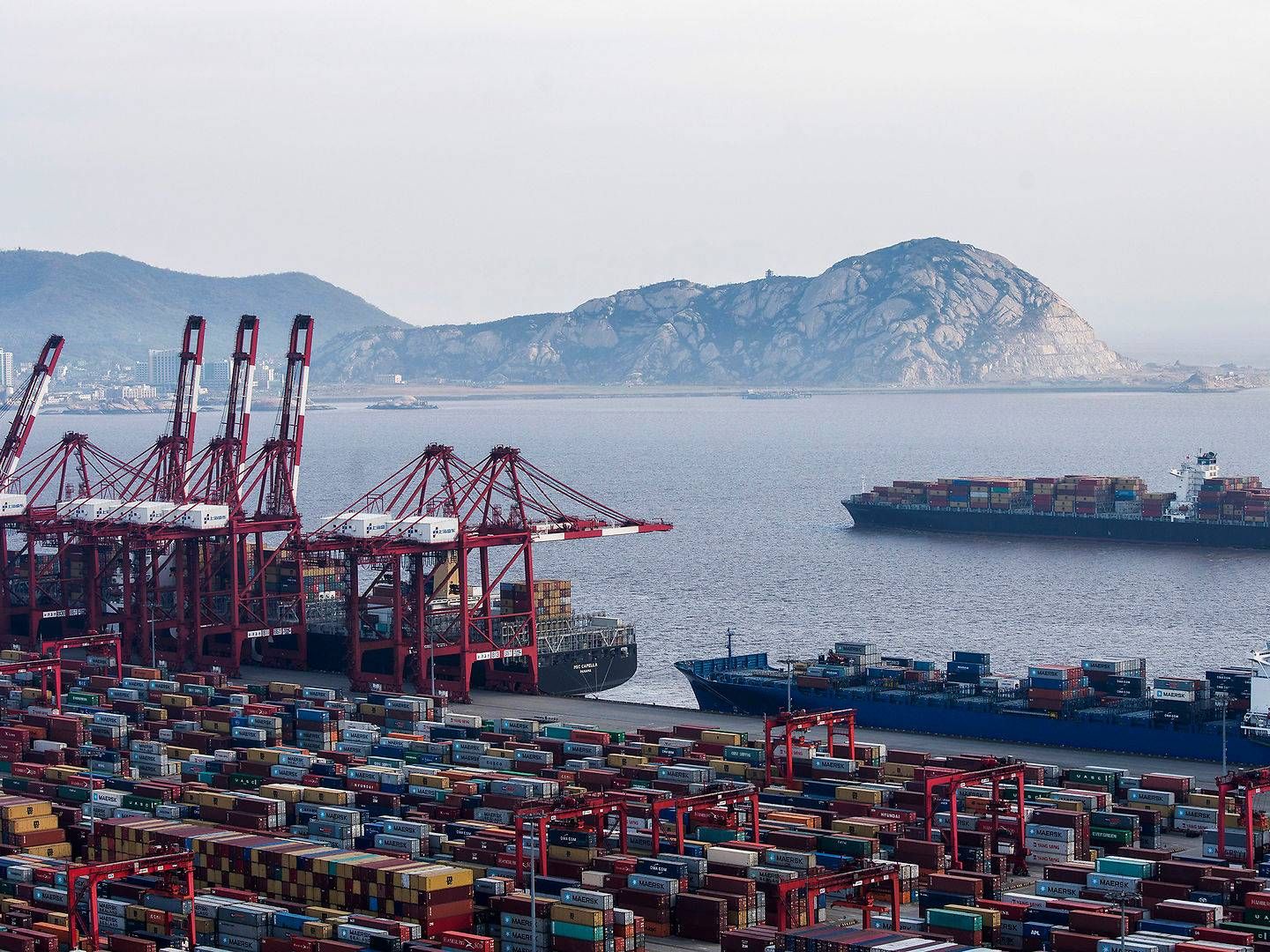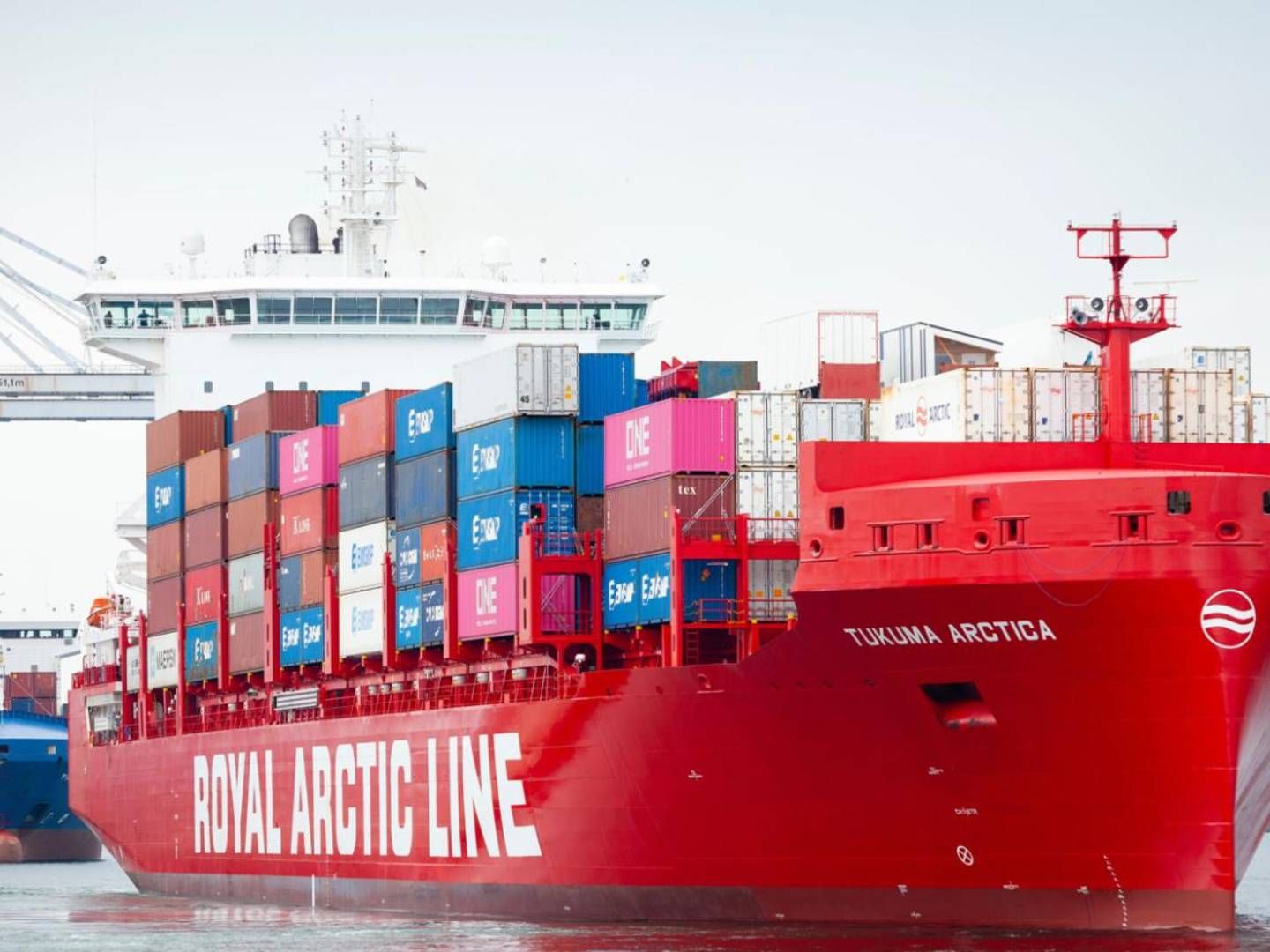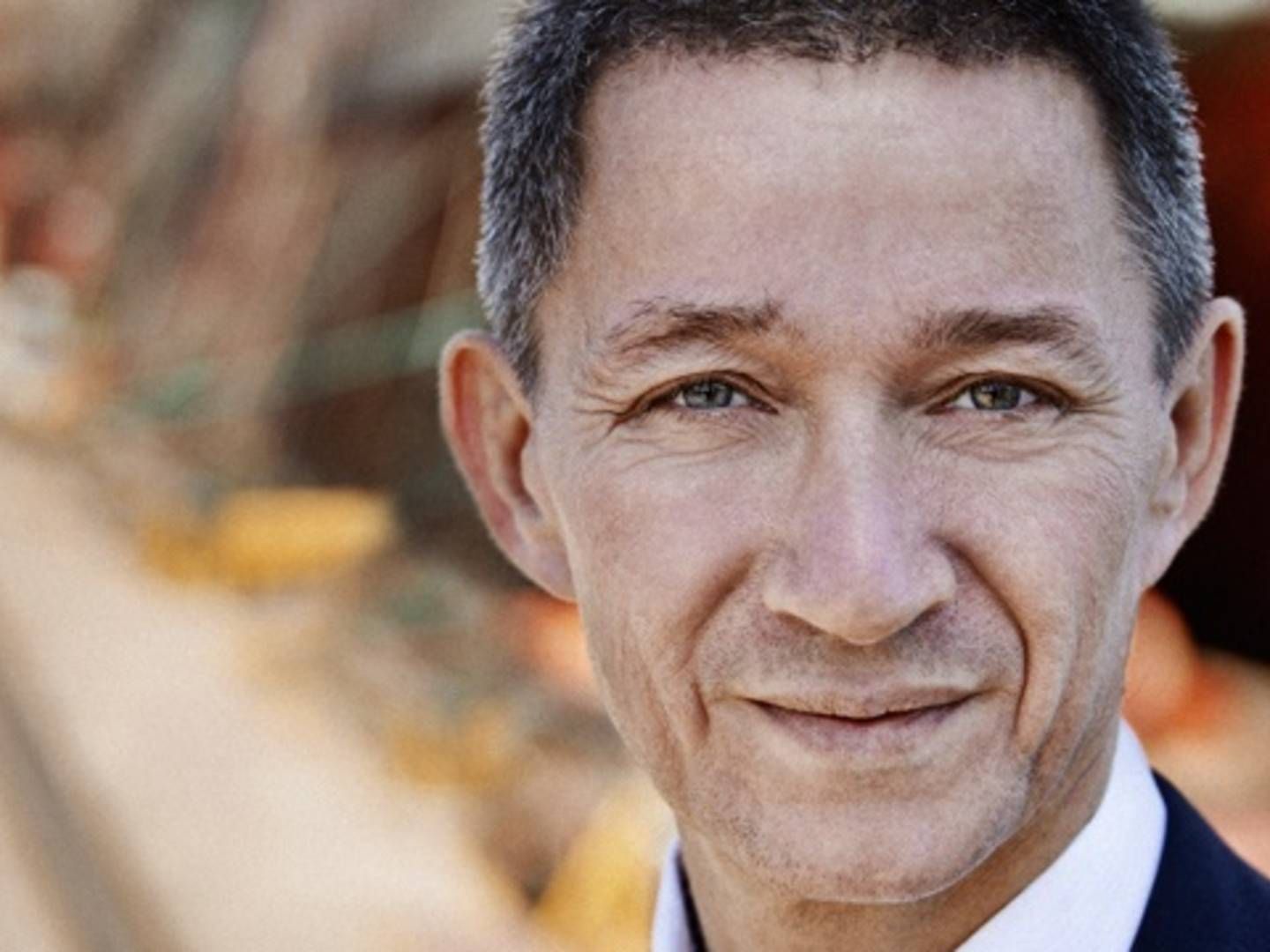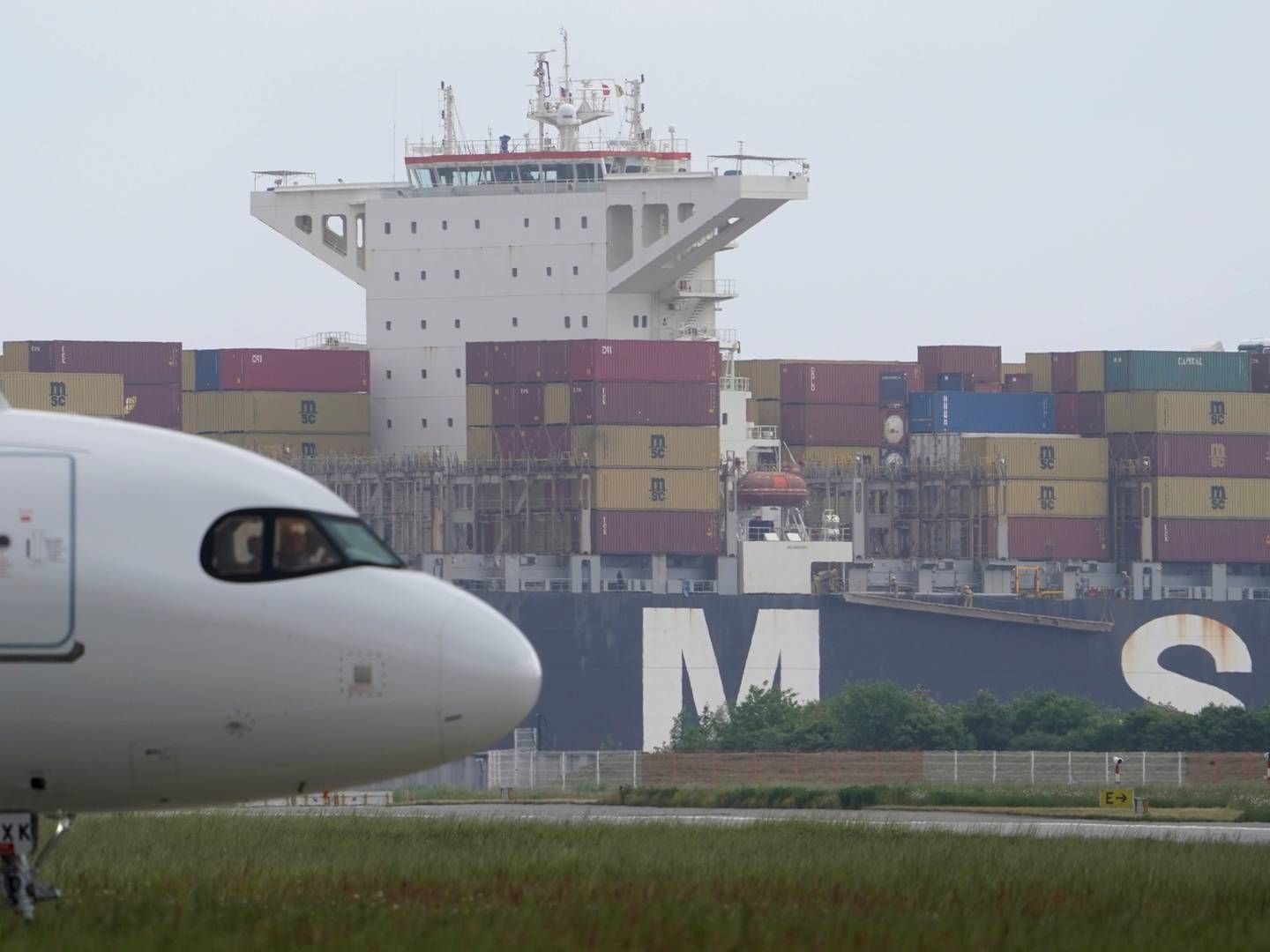Greenland climbs high on UN list of port connectivity
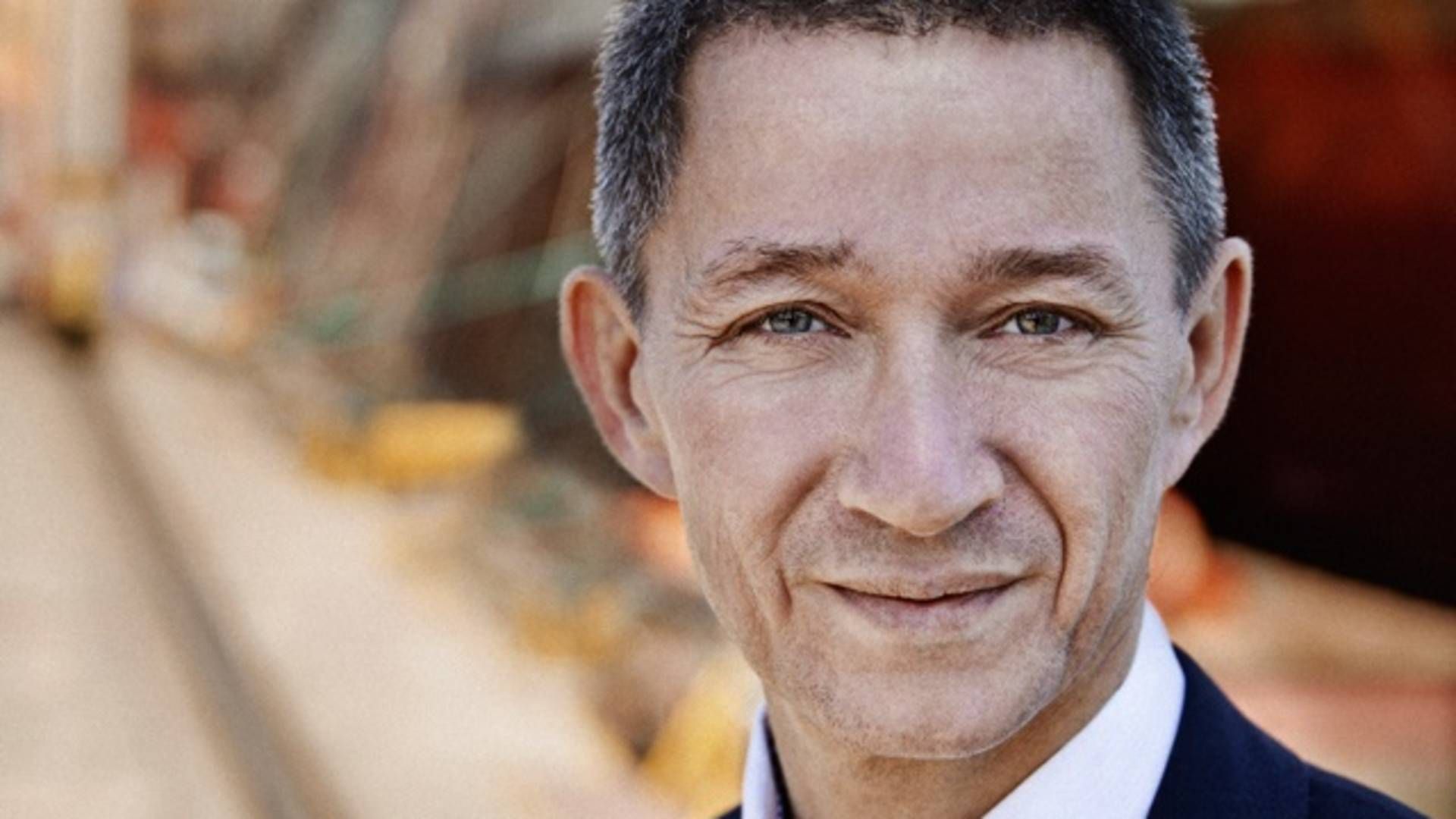
In recent years, Greenland has stormed up the United Nations Conference on Trade and Development’s (UNCTAD) list of connectivity, meaning that Greenlandic ports are now significantly better connected to the rest of the world than before.
This is evident from a comparison by analyst firm Sea-Intelligence between the third quarters of 2019 and 2022 - based on UNCTAD’s Liner Shipping Connectivity Index (LCSI).
A country’s connectivity is calculated based on a number of criteria, including the number of port calls, shipping companies sailing to and from the country, and other countries to which the country has direct shipping links.
Here, Greenland ranks second globally for progress in connectivity over a three-year period. The improvement is more than 160 percent, and this development is highly satisfying to Verner Hammeken, chief executive of carrier Royal Arctic Line (RAL).
”Connectivity is one of the prerequisites to better underpin growth opportunities for all countries. Therefore, connectivity is also a parameter for future development of our services, either directly or indirectly,” Hammeken writes in a response to ShippingWatch.
”I am personally very happy to see our development reflected in UNCTAD’s LSCI at a record high level,” he adds.
Hammeken acknowledges that Greenland’s connectivity remains low, but ”the increase illustrates that we are well on our way and that our initiatives are showing.”
Co-sailing with Eimskip
The big increase is due to a co-sailing agreement with Icelandic carrier Eimskip. The deal was signed in 2020 and ensured RAL weekly sailings throughout the year, unlike in the past, when the company only had departures twice every three weeks.
Destinations were also expanded from two to four countries – Denmark, Sweden, the Faroe Islands and Iceland – and RAL gained access to larger ships of 2,150 teu instead of 700 teu.
Since then, RAL’s main port – or base port, as the company calls it – has moved from Aalborg, Denmark, to Nuuk, Greenland, which Hammeken says is an ”underlying condition” for further development.
”It allows us to develop our products without depending on our own fixed infrastructure outside Greenland,” he says.
One criterion for better connectivity that Greenland does not currently meet is the number of shipping companies that can call at Greenlandic ports directly. For RAL still has a concession for cargo in and out of Greenland.
”But it has become easier for other shipping companies to offer services with Royal Arctic Line on the first and last legs to and from Greenland,” Hammeken says.
English edit: Jonas Sahl Hollænder
Three countries advance significantly on list over port connectivity
Royal Arctic Line presents H1 deficit
RAL Chief Executive after criticism of Eimskip partnership: Our service is the same
Related articles
Royal Arctic Line presents H1 deficit
For subscribers

